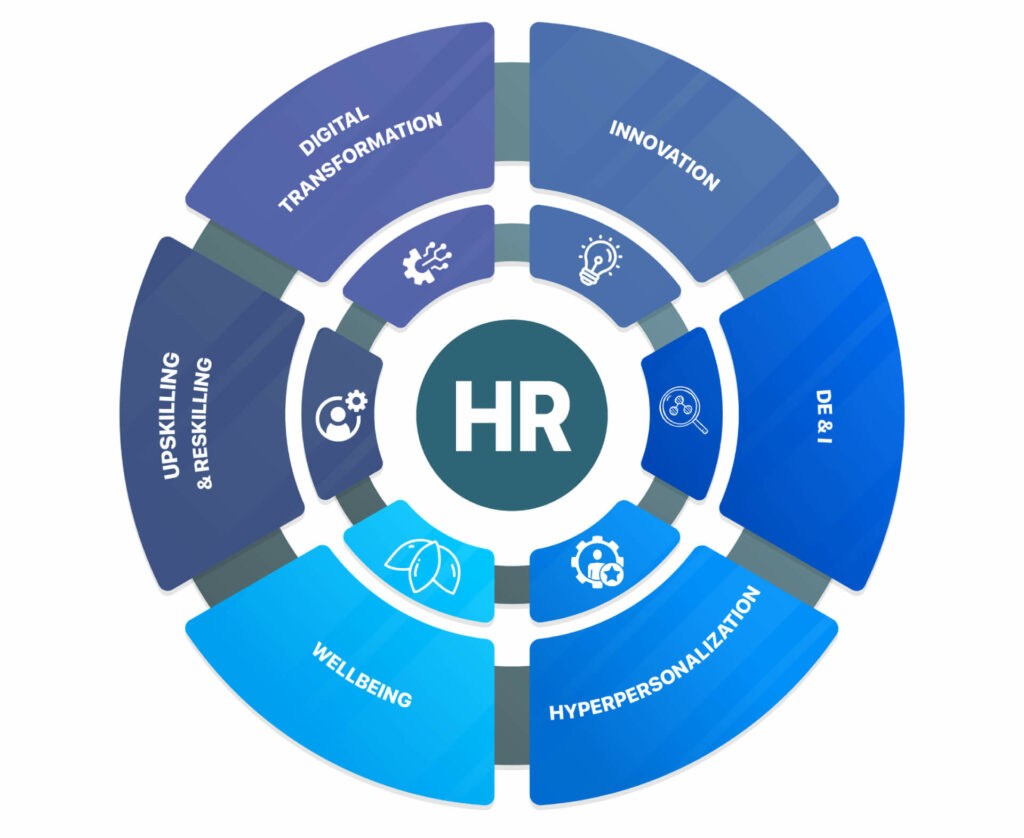|
|
Words and what they mean often change over time. Did you know, ‘literally’ was used to denote something that was happening in the true and literal sense? But once it evolved into a figure of speech to add emphasis, and people literally said literally all the time, the Oxford dictionary just altered its definition to include the widespread misuse.
Similarly, as boundaries between our personal and professional lives continue to blur with each passing day, new work models have emerged, and the nature of work has begun to evolve. What “work” and “culture” mean, and what meaning they add to an employee’s life, have transformed drastically. Millennials now make up the largest portion of the workforce – meaning that the prominent values and attitudes seen in the general workforce has also changed from the times of Gen Xers and the Baby Boomers.
These changes in organizational culture call for a new talent paradigm, and organizations are actively working towards building one that is most suitable for their work culture.
The definition of culture continues to remain the same – it is a derivative of the work environment that an organization presents to its employees with clarity on the company’s mission, objectives, expectations, and values that guide its employees.
It helps to imagine culture as a bicycle wheel. Each spoke is a “pillar of culture” that starts from the same place – the hub – and is firmly fixed to the rim of the wheel. If you imagine the hub of the wheel as HR leaders, you’ll be able to see that the load on the hub is transferred to the wheel through these spokes, which ultimately sets the wheel moving forward.
With time, these “spokes” or pillars that surround and support the concept of culture are evolving to include more and more factors in their definition. We often visualize organizational culture as supported by pillars of culture – Upskilling/Reskilling, Wellbeing, DE&I, Hyperpersonalization, Digital Transformation, and Innovation.

For example, what “well-being” or “DE&I” (Diversity, Equity, and Inclusion) meant a decade ago, have now expanded to accommodate newer needs of employees in these fast-changing times. As organizational culture upgrades, it becomes necessary for us as HR leaders to consistently provide additional values across all of these facets that are often interconnected.
Now that we have established the importance of culture being multi-faceted and there being a smooth mechanism in place for an organization to function seamlessly, let us delve deeper into what these pillars of culture or the ‘spokes’ from the previous analogy actually are.
In the past, wellness initiatives focused majorly on physical health and wellness. Whereas now, it has evolved to include mental, social, career, as well as financial wellness under its wing. This way, we create a sense of purpose for the workforce – to look beyond focusing on core work and enabling meaningful careers while connecting with fellow employees.
The future is inclusive; inclusivity is the only way forward in this era of hybrid working. It is imperative to ensure there is balance between the teams in office and those working from anywhere, and that everyone feels included across all workstreams. Data points speak louder than words, and they say that your ability as a leader or HR professional to check in frequently, be nimble, empathetic, and make changes with agility are key to running a successful organization with employees who feel like they belong.
It is important to remember that employees are whole individuals with their own history, interests, culture, beliefs, motives, and interests outside of work. The mere independence of thought process requires us to ensure that we personalize the experience we provide to our employees. Employees are at their happiest and most productive when their interests align with what they get out of their jobs.
We live in a world where data is ubiquitous, and nobody has to depend on anybody else for information. Content is available and accessible to everybody, creating a culture of ‘learn anything anywhere.’ Digital Transformation eliminates boring, mechanical tasks and allows employees to focus on tasks that need strategic thinking. It helps employees use their problem-solving skills, creativity, and feel more in charge of their work.
Of course, with this comes the responsibility of upskilling and reskilling. When new technologies are introduced, all employees need to be able to work with it, and use it to their advantage. Similarly, a culture of continuous learning purely for the love of learning helps employees untap their own potential, take up more responsibilities, and feel more satisfied with their career growth.
And when all of this is enabled, there is room and an environment conducive for innovation. We often hear that innovation should be a part of an organization’s culture, and not just remain a term that is used to drive motivation. It needs to be realized by providing the employees the right platforms and converting ideas into actions which are beneficial to the organization as well as the individuals. Accepting, or rather encouraging failures is important in this process as it creates a safe space for employees to share their ideas and try.
A phrase like “change is the only constant” gets old and tiring when overdone. But building a sustainable, future-proof organizational culture will never go out of fashion, for as long as the company is committed to keeping up with what the employees want.